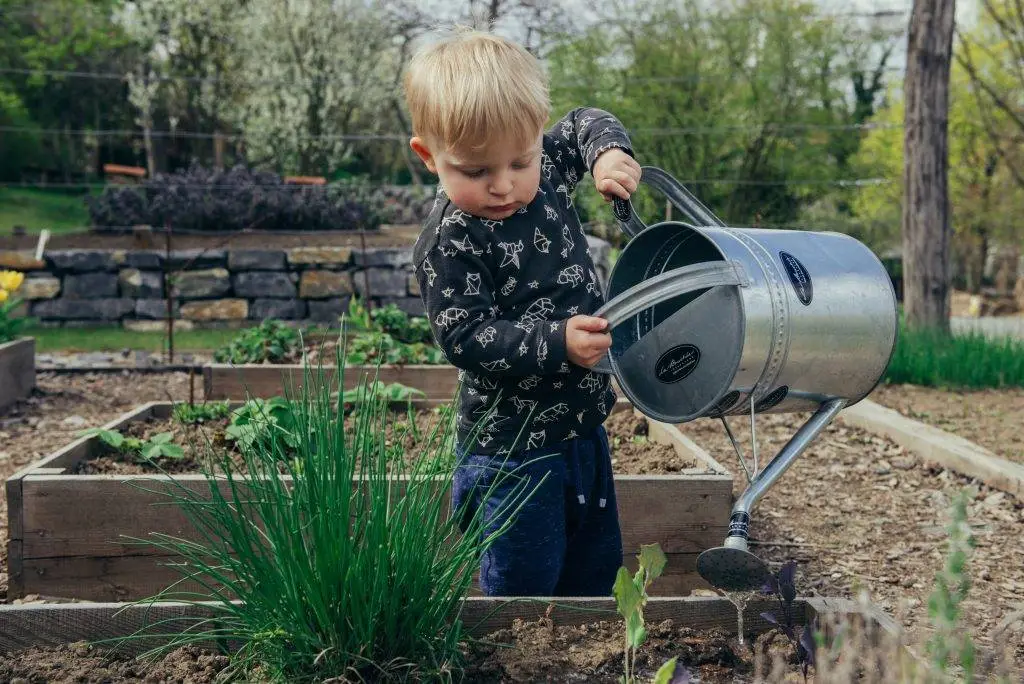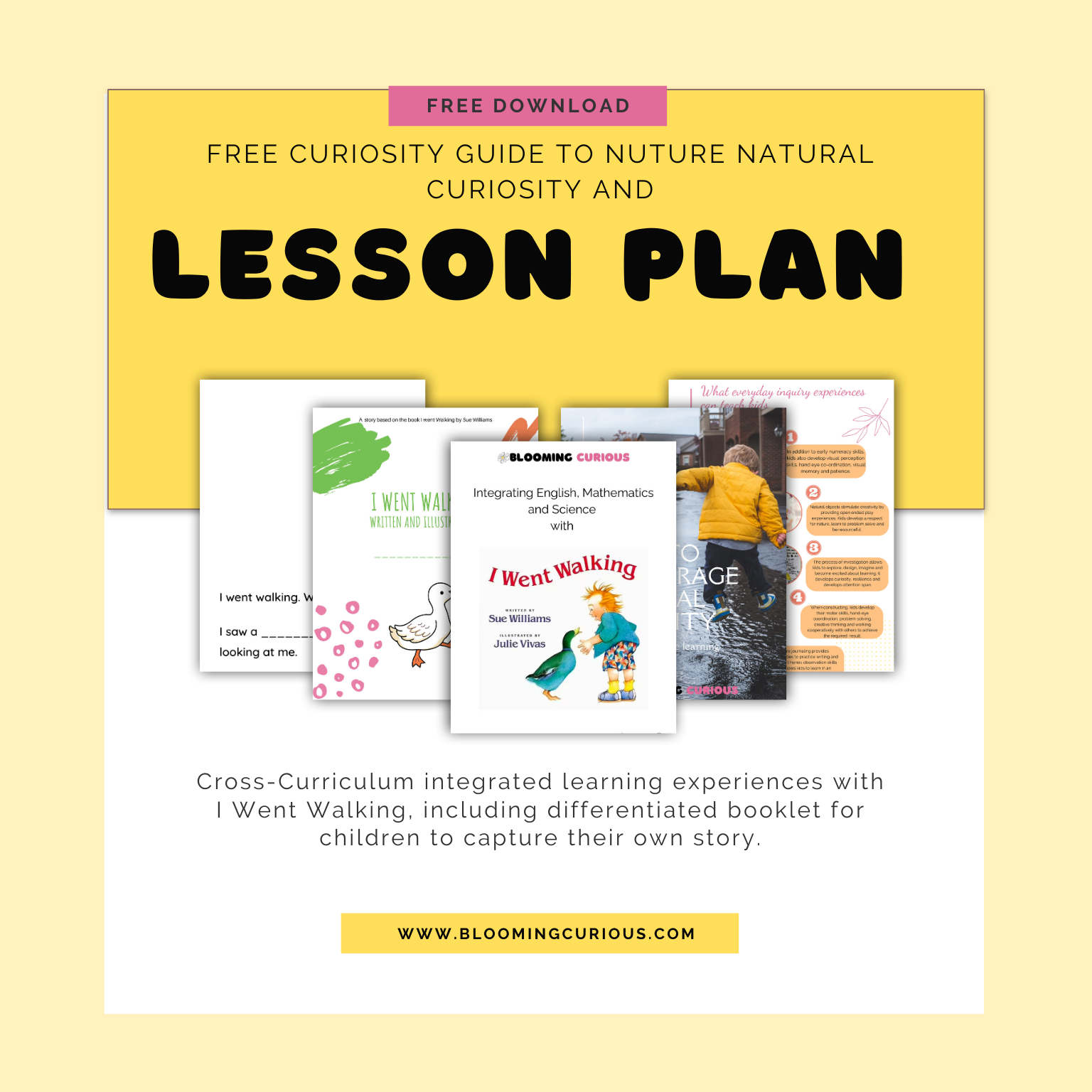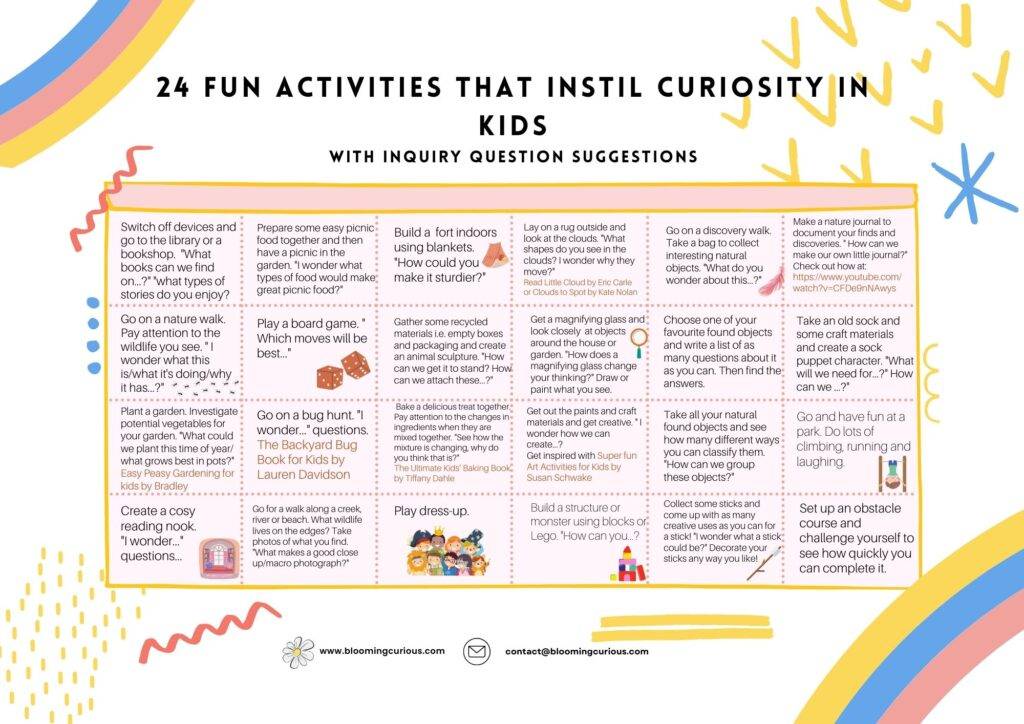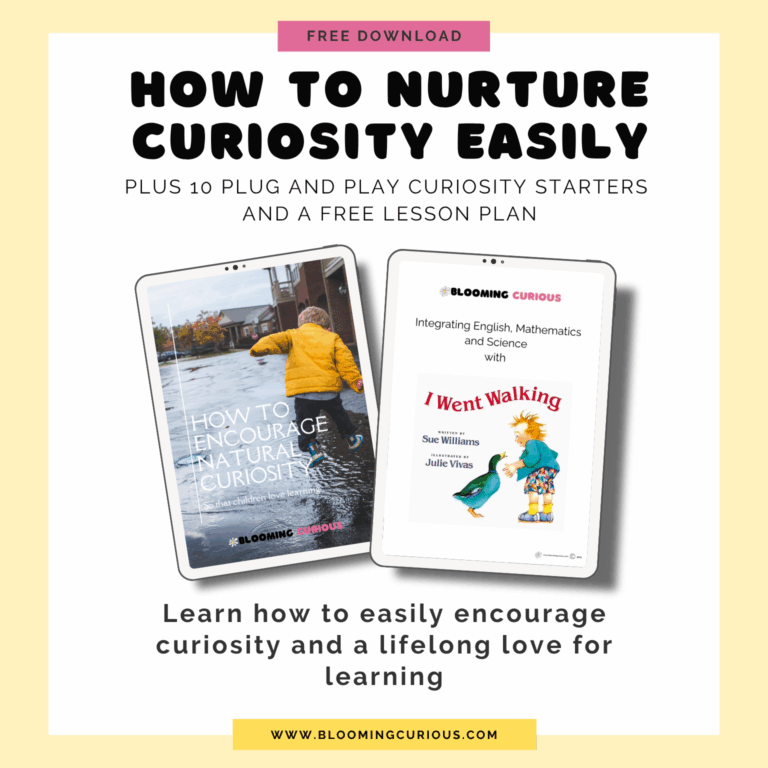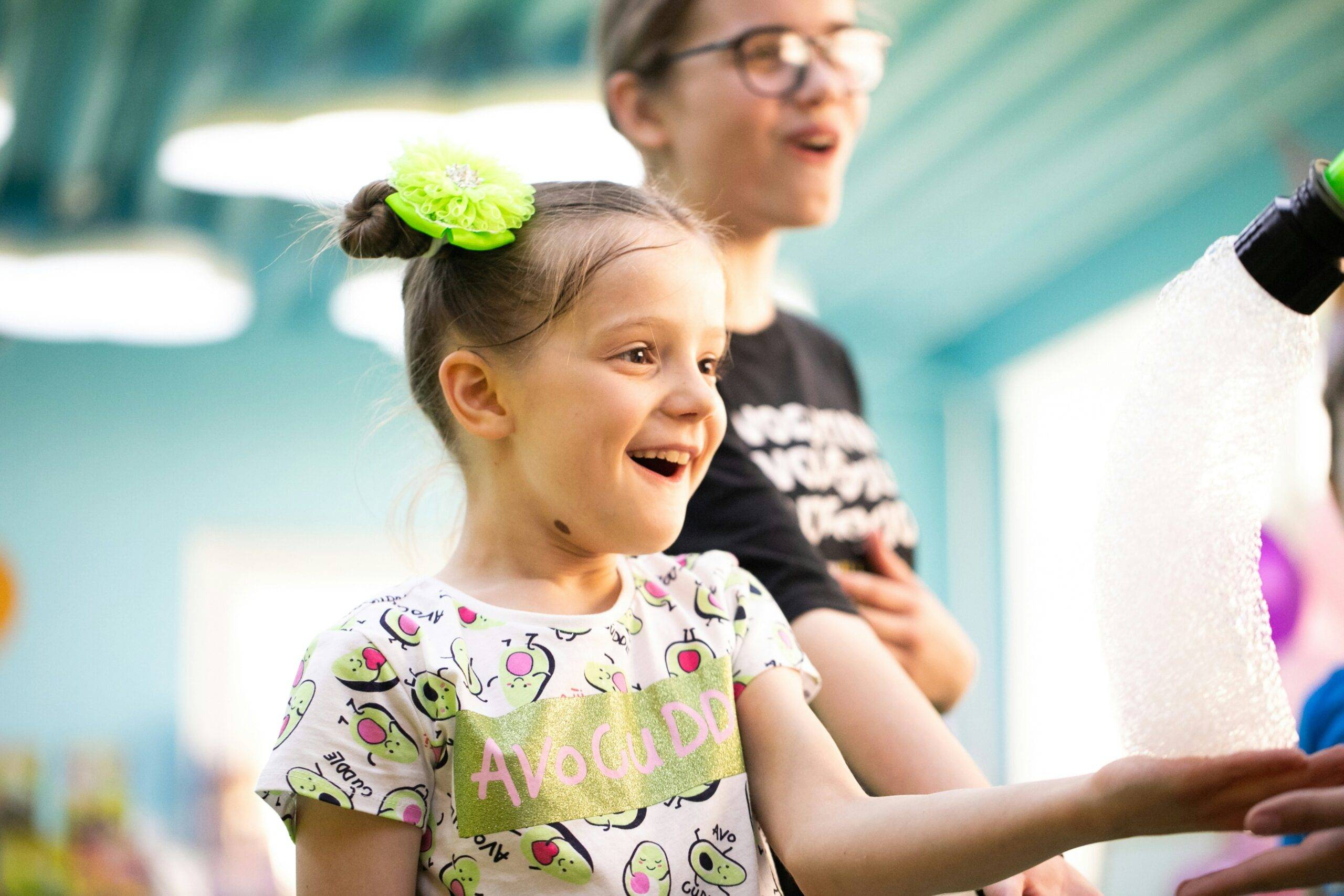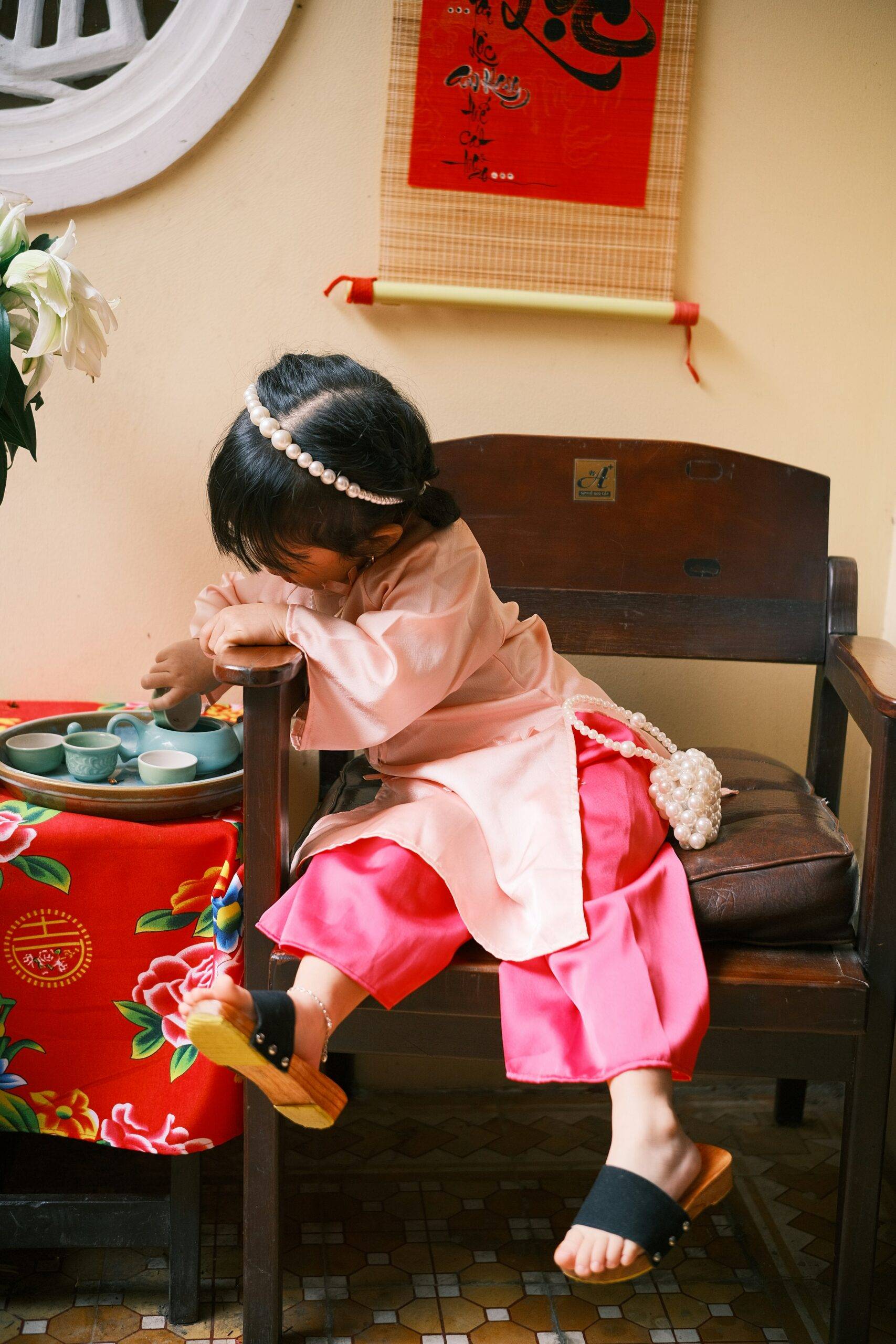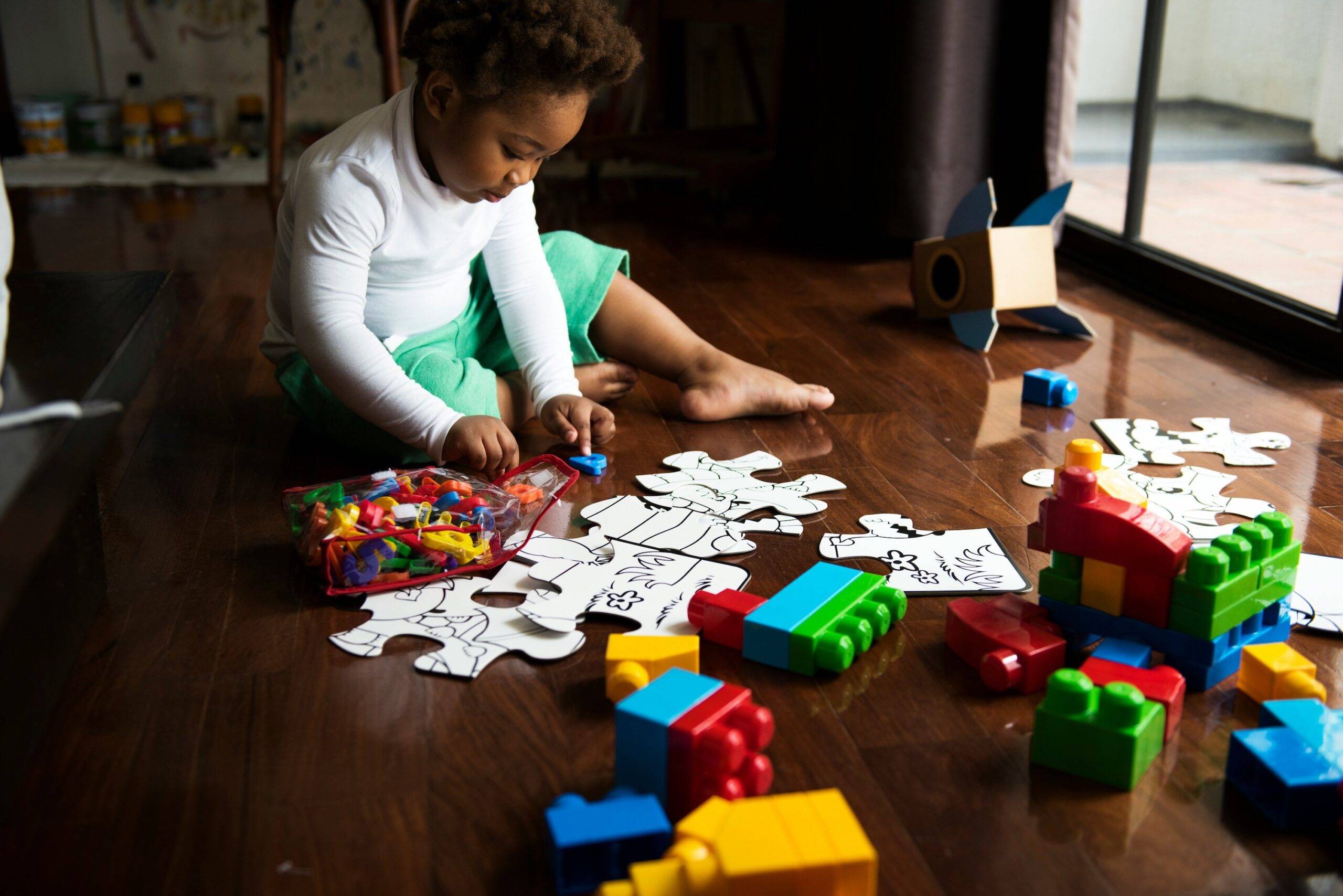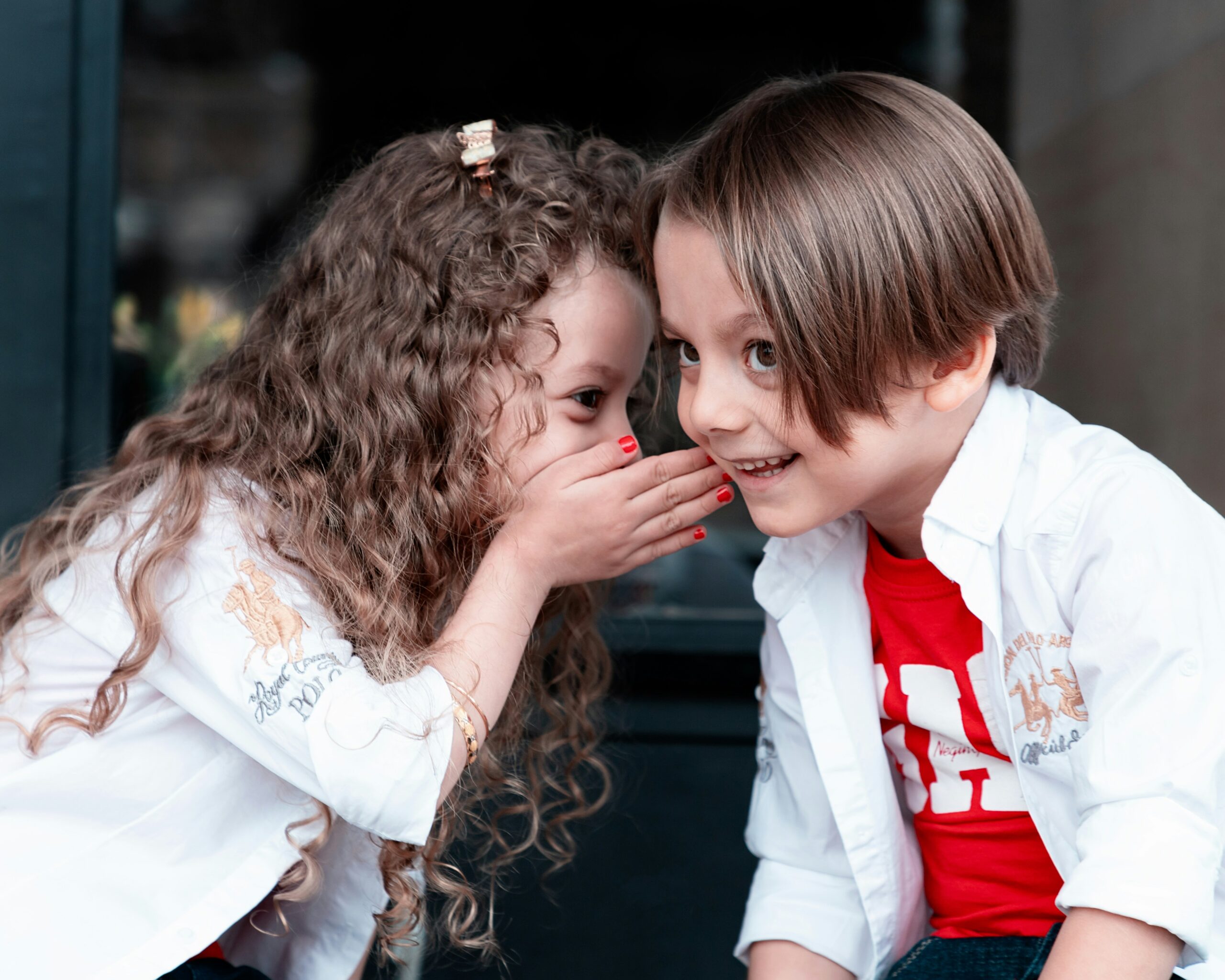Some of the links below may be affiliate links. This means that, at zero cost to you, I will earn an affiliate commission if you click through the link and finalise a purchase. All product recommendations are products that I have used and loved, or products that I would recommend based on experience.
24 Fun learning activities for kids that develop curiosity and a love of learning.
In today’s world where technology is easily accessible, it can be challenging to keep children off screens. The constant exposure to technology can lead to a decrease in children’s natural curiosity and creativity. Not to mention an increase in anxiety and difficulty focusing. If you want to find out more about the detrimental affects on children’s behaviour and developing brains, then read The Anxious Generation by Jonathan Haidt. It will blow your mind!
If you want your children to love learning and have curiosity, then check out these 24 fun learning activities that are sure to benefit your child’s learning and keep them off screens.
- Switch off and put away devices and go visit your local library or bookshop.Encourage children to borrow or buy some picture books and non-fiction books on topics that interest them. Books on dinosaurs, insects, and animals are usually big hits with young children. Books like 5000 Awesome facts About Animals from National Geographic have been firm favourites with my children and students.
- Go on a nature walk, paying attention to the wildlife you encounter.Be alert and draw the child’s attention to even the smallest of creatures. Follow an ant trail or stay still to look at a bird and its features. Your observation skills will be key! Ask questions and encourage children to ask their own questions.
- Plant a garden together. Investigate potential vegetables or plants you can grow in your garden. Encourage children to observe the plant growth and record the changes in a nature journal. Perhaps start with a great picture book like Plant the Tiny Seed, and then go about starting your own little garden, even just planting one thing, like green beans and taking care of it will be exciting for a child. Jasper’s Beanstalk is always a big hit with very young children.
- Create a reading nook. Encourage device free reading by creating a cosy reading nook. Fill the nook with books, pillows, blankets and even fairy lights to make it inviting. Take turns reading your favourite stories to each other.
- Prepare some easy picnic food together and then have a picnic in the garden.
- Go on a bug hunt. Look under rocks/ stones/ flowerpots in your garden. Investigate your finds. Children then draw and write about the creatures in a nature journal.The following books would make great additions to your library for encouraging exploration and learning about insects Little Kids First Big Book of Bugs or The Backyard Bug Book for Kids
- Play dress-up. Encourage children to play dress-up and act out different roles. There’s no need to buy expensive dress-up clothes, use old shirts and dresses, and visit second-hand shops. Kids love old hats.
- Play board games. Playing board games with children encourages them to think critically. Monopoly, drafts, Chinese Checkers, chess, or dominoes are all great options.
- Go to your local park and let children run, climb, and play freely. This type of play develops muscle tone so important for fine and gross motor skill, not to mention the sheer happiness that comes from free play. Free play also teaches independence and problem solving, so resist the urge to solve children’s problems, allow them to have a go on their own.
- Go for a walk along a creek, river, or beach. What wildlife lives on the edges? Take a camera and get children to take some close-up photos of what they find. Explore outdoor activities and finds in this fantastic Usborne Outdoor Activity book.
- Encourage children to build a fort indoors using blankets and pillows. Once it’s built let them play and imagine!
- Gather some recycled materials i.e. empty boxes and packaging and let children create an animal or monster sculpture. You’ll need tape and lots of it!
- Get your favourite cake or cupcake recipe and make a delicious treat together. Pay attention to the changes in ingredients when they are mixed and baked – a hands-on science experiment right in your own kitchen! Here is a fabulous cookbook Annabel Karmel’s Fun, Fast, and Easy Children’s Cookbook with lots of child friendly recipes.
- Lay on a rug outside and look at the clouds. Children imagine they’re on a cloud and make up a story about their adventures. Little Cloud by Eric Carle would be a great starting point for younger children. Read the book and then go and lie outside looking at the clouds. Children love this! Encourage older children to find out about different types of clouds and how clouds are formed.
- Get a magnifying glass and encourage children to look closely at objects around the house or garden. Encourage them to draw or paint what they see.
- Get out the paints to paint a picture. Perhaps set up a still life with plants or fruit. Find some examples of still lives in books, or even better find inspiration by visiting an art gallery first. A great book to use for inspiration and learning about art and famous artists is The Art book for Children or A Child’s Introduction to Art. Another option is simply to allow children to paint and make whatever marks they like on a long piece of paper using water colours. Those paper rolls from IKEA are perfect for this. Another fabulous option is The Big Book of Nature Art which has twenty two art activities inspired by nature.
- Build a structure or monster using blocks or Lego. Sitting quietly stacking and building is a great way to encourage patience, perseverance, creativity, and problem solving.
- Take an old sock and some craft materials and create a sock puppet. Just go for it or go to YouTube for some help before you introduce children to this activity. This way it becomes a completely technology free activity between yourself and the child. Here is a great video.
- Go on a discovery walk. Take a bag for your child to collect interesting natural objects. Young children love picking up feathers, leaves, rocks, gumnuts, flowers or whatever else they find on walks.
- Take all the natural found objects and see how many ways they can be classified. Grouping them according to shape, colour or texture is only the beginning! Great for developing critical thinking.
- Encourage children to come up with as many questions about a found object as possible. Coming up with their own questions, is critical for later learning.
- Make a nature journal to document your finds and discoveries. Here is a great one that I made with my students using brown paper lunch bags: https://growgoodhumans.com/paper-bag-nature-journal
- Collect some sticks and come up with as many creative uses as you can for a stick. Decorate your sticks any way you like.
- Set up an obstacle course and challenge kids to see how quickly they can complete it.
Conclusion
Start sparking curiosity in your children or students by printing off your handy free printable for your fridge or noticeboard here.
Tick off each activity as you complete it. On the printable, each idea is accompanied by an open-ended question to get your kids thinking.
Download my free e-guide with tips on helping children develop curiosity and a list of questions to get kids wondering HERE.
And if you are still wondering why curiosity is important for learning then consider this. Where would we be without curiosity? We wouldn’t have aeroplanes, or lightbulbs, or cars, or washing machines, or electric irons or fire for that matter. It was curiosity that drove the desire to create, and problem solve.
Curiosity is a natural inclination that every child possesses and the driving force behind learning. If you want children to love learning, then encouraging curiosity is a necessity.
This post outlines the basics of what is required to develop a child’s curiosity here. Listen to episode 5 of the Blooming Curious podcast here.
If you have found this post informative or interesting, please share it and subscribe below to my weekly newsletter for more insights around keeping kids curious.
Listen🎧 to the accompanying podcast episode at https://bloomingcurious.com/podcast-episode/ep-5-24-fun-acti…ver-the-holidays/
